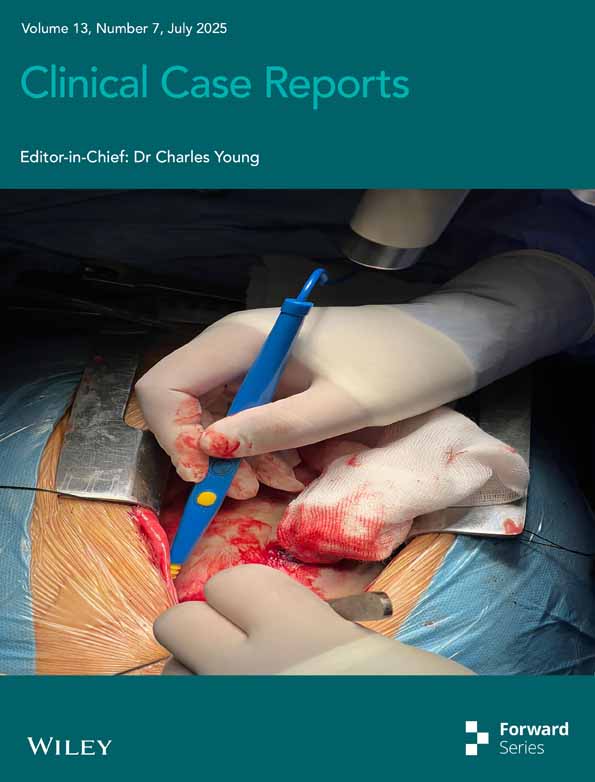Fever as a Catalyst for Life-Threatening Arrhythmias in Brugada Syndrome: A Rare Case of Brugada Syndrome Unmasked in a Young Male
Funding: The authors received no specific funding for this work.
ABSTRACT
Brugada syndrome (BrS) is a rare, genetically predisposed arrhythmic disorder associated with an elevated risk of sudden cardiac death (SCD) due to ventricular arrhythmias. Fever is a recognized trigger that can unmask the Type 1 Brugada electrocardiogram (ECG) pattern and precipitate life-threatening arrhythmias, even in individuals without prior cardiac symptoms. A 38-year-old male with no known cardiac history presented with fever, palpitations, and dizziness. His temperature was recorded at 39°C, and a 12-lead ECG revealed a Type 1 Brugada pattern, confirming a fever-triggered BrS diagnosis. The patient was promptly treated with antipyretics to reduce fever, followed by isoproterenol infusion to manage recurrent ventricular tachycardia (VT). Initially, amiodarone was administered provisionally due to uncertainty in diagnosing VT as BrS-related, but it was discontinued upon confirmation of the diagnosis. Despite initial stabilization, he developed episodes of ventricular fibrillation (VF), requiring emergency defibrillation. After fever resolution, an implantable cardioverter-defibrillator (ICD) was implanted for secondary prevention of SCD. This case highlights the critical role of fever as a precipitating factor in BrS, particularly in young, previously asymptomatic individuals. Febrile states exacerbate sodium channel dysfunction, increasing the likelihood of ventricular arrhythmias and SCD. Early recognition, aggressive fever control, beta-agonist therapy, and ICD implantation after fever resolution are vital in mitigating risks. Clinicians should maintain a high index of suspicion for BrS in cases of arrhythmias triggered by fever, especially in young and otherwise healthy patients, to prevent fatal outcomes.
Conflicts of Interest
The authors declare no conflicts of interest.
Open Research
Data Availability Statement
Data will be made available upon appropriate request.




